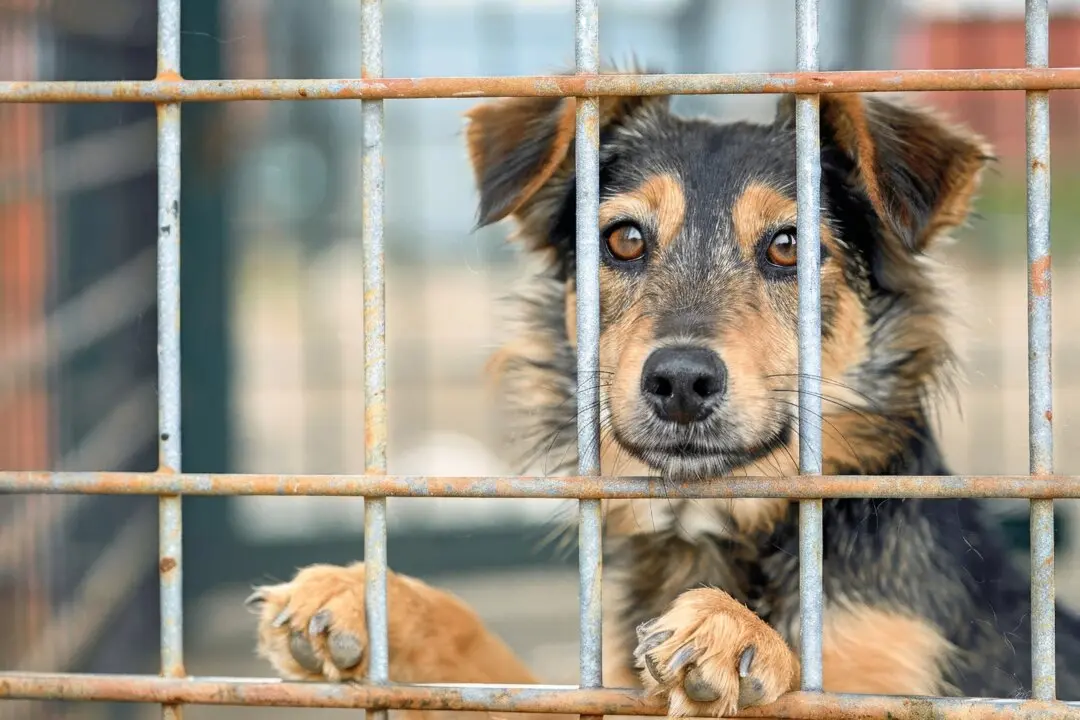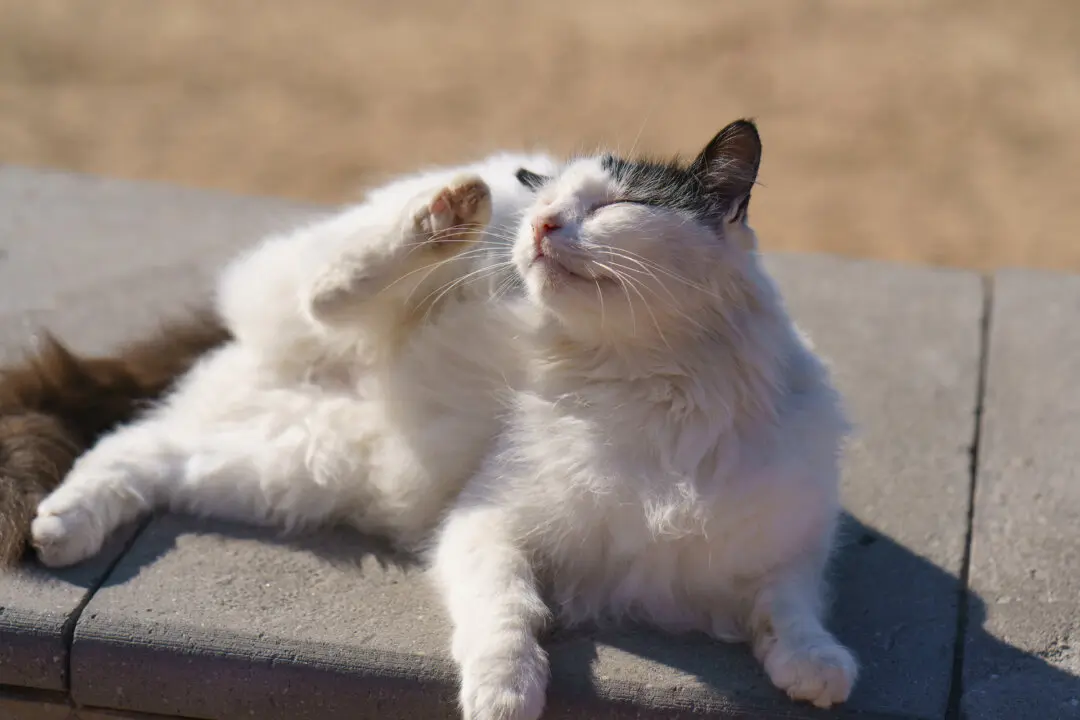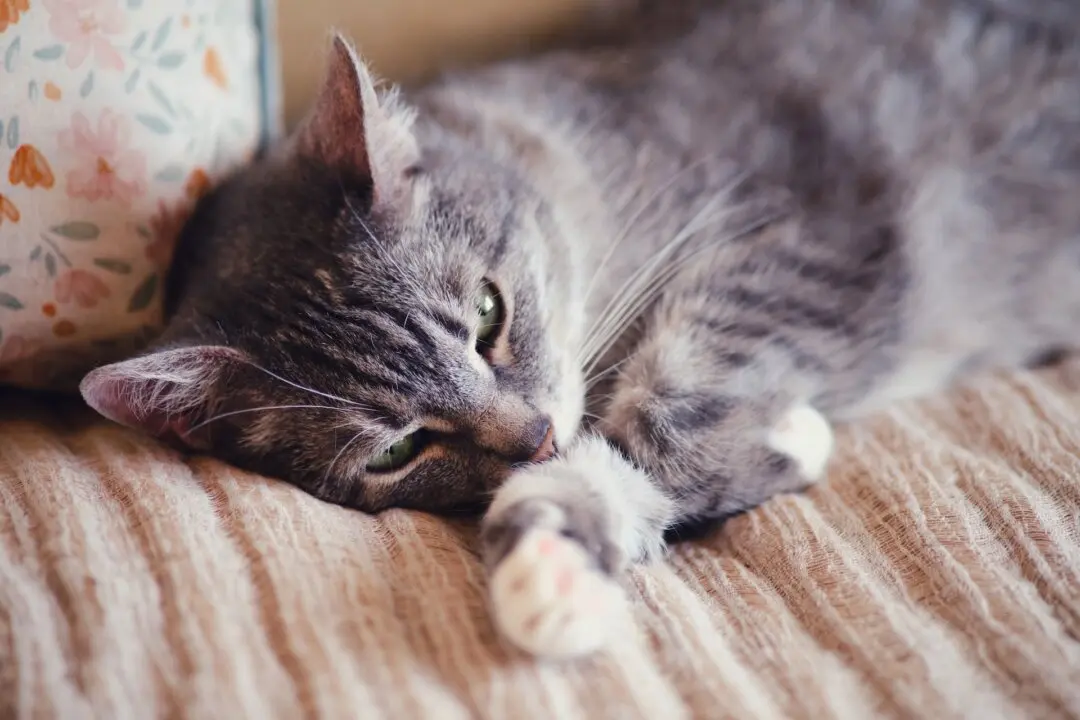Q: For the past year, Sadie, our 10-year-old Labrador-golden retriever mix, has barked like she has laryngitis. Gradually, her hoarse bark became a whisper, and now she also pants loudly during our daily walks. What’s going on?
A: I suggest Sadie see her veterinarian for an evaluation, because she may have a condition called geriatric-onset laryngeal paralysis polyneuropathy, or GOLPP.





